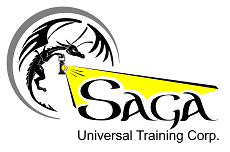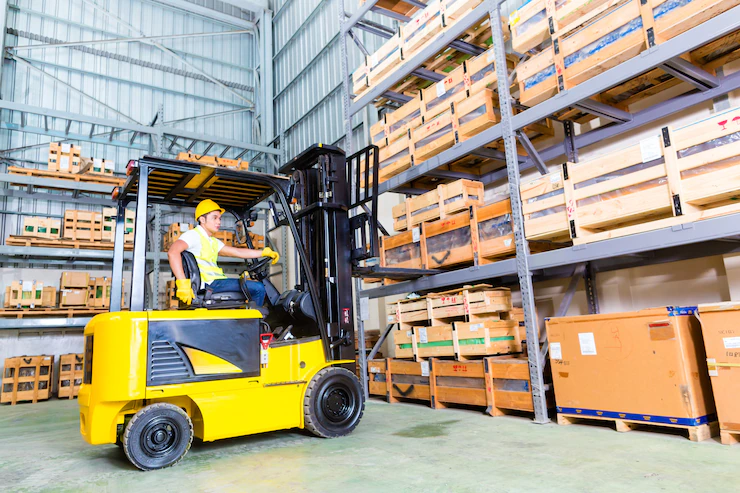Lift trucks, AKA Forklifts, have revolutionized the workplace. The Lift truck allows users to efficiently move loads that would be too heavy to carry manually. An employer must ensure that a lift truck operator is competent under provincial and federal laws. They are a few options to achieve this: The best one is to take an operator lift truck course at a Training Centre then complete on-the-job competencies with your employers.
Having your certificate license is a requirement to operate forklifts for most employers and industries, such as manufacturing, warehousing or construction work. Understanding the process of how you can get your forklift certification can help increase your employability. Today we will talk about how you can get forklift certified, why it is essential, and answer a few questions.
How do you get Lift Truck certified?
When you want to get forklift certified, you first need to look for a recognized certification program located in your province or territory. When you enroll in one of these courses, it ensures that the education and training you get are relevant to the jobs and will be accepted by potential employers. Your certification will last for three years. After that, you have the option to renew it. While some details may vary across provinces and territories, the process is pretty consistent across the country.
Pick the right certification course.
It’s crucial to pick a program that reflects the regulations in your province. Many jurisdictions are recommending or mandating that a lift truck course meet the CSA standard 355-15. Also, you must take it for the Classes of lift trucks you will use. The course must offer you the chance to do hands-on, practical learning. So, you can spend time on the machine. They are now courses for new operators and skilled operators. It is worth the money to spend on a new operator course to enhance your experience on a Lift Truck.
Forklift certifications can cost anywhere between $175 and $450 for in-person training. Those who complete online courses can do so for around $94.98. If you take an online course, ensure a skill assessment can supplement it. The skill assessment is at an extra cost between $75-$350. This type of course is called a blended course. Most employers now accept blended courses.
There are average costs for those getting certified independently rather than through work. Some employers will pay or refund your course.
Be aware of the courses below $75; they are often awareness courses (not a complete theory) based on US legislation and don’t offer the student time on the equipment to practice their skills. Must employer and worksite don’t accept this type of courses. They will not be recognized on the worksite.
Attend your classes
The key to success is through participation and effort. This is your time to learn and ask questions. If you don’t understand, ask for more information. Skilled operators, this would be an excellent time to brush up on your skill. Maybe you have learned some bad habits or forgotten fundamentals?
The training usually focuses on Occupational Safety and Health Legislation, inspection requirements pre- and post-usage, maintenance, safe operation, risk and limits of the piece of equipment. The session typically takes up to 4-6 hours, including instructor-led or online review of the theory after successfully completing the theory and quizzes. You can then move on to hands-on learning.
Complete your training
Your manual training component will typically involve getting familiar with forklifts and learning how to operate them. Your program could be divided into different sections, each on a separate component. This will usually include:
- Pre-use inspection
- Operation of the lift truck. Understanding the basic principle of driving a lift truck. I
- Material loading, securing and unloading
- Parking and securing the piece of equipment and securing at the end of the shift.
On The Job Training: You are not done yet:
Getting a certification for lift truck operation is an excellent step to becoming a competent operator. To become a competent operator, you must gain sufficient experience, be able to recognize the hazard, mitigate them, and know what to do in case of an emergency.
Once you get to your job site, your employer should have a mentoring or competencies program; This program should include familiarization of the lift truck you use at your location. It may be different from the one you completed your training on. Learning what loads you will ask to lift (weight, size and any particular care to take), your work area layout and condition (Inside versus outside). There are special hazards you should be aware of: blind spots, high-traffic areas, aisles that are narrower than others, loading dock, elevator, chemical or equipment that must be handled with care, and yard condition to name a few.
Feel free to reach out to us if you have any questions.

